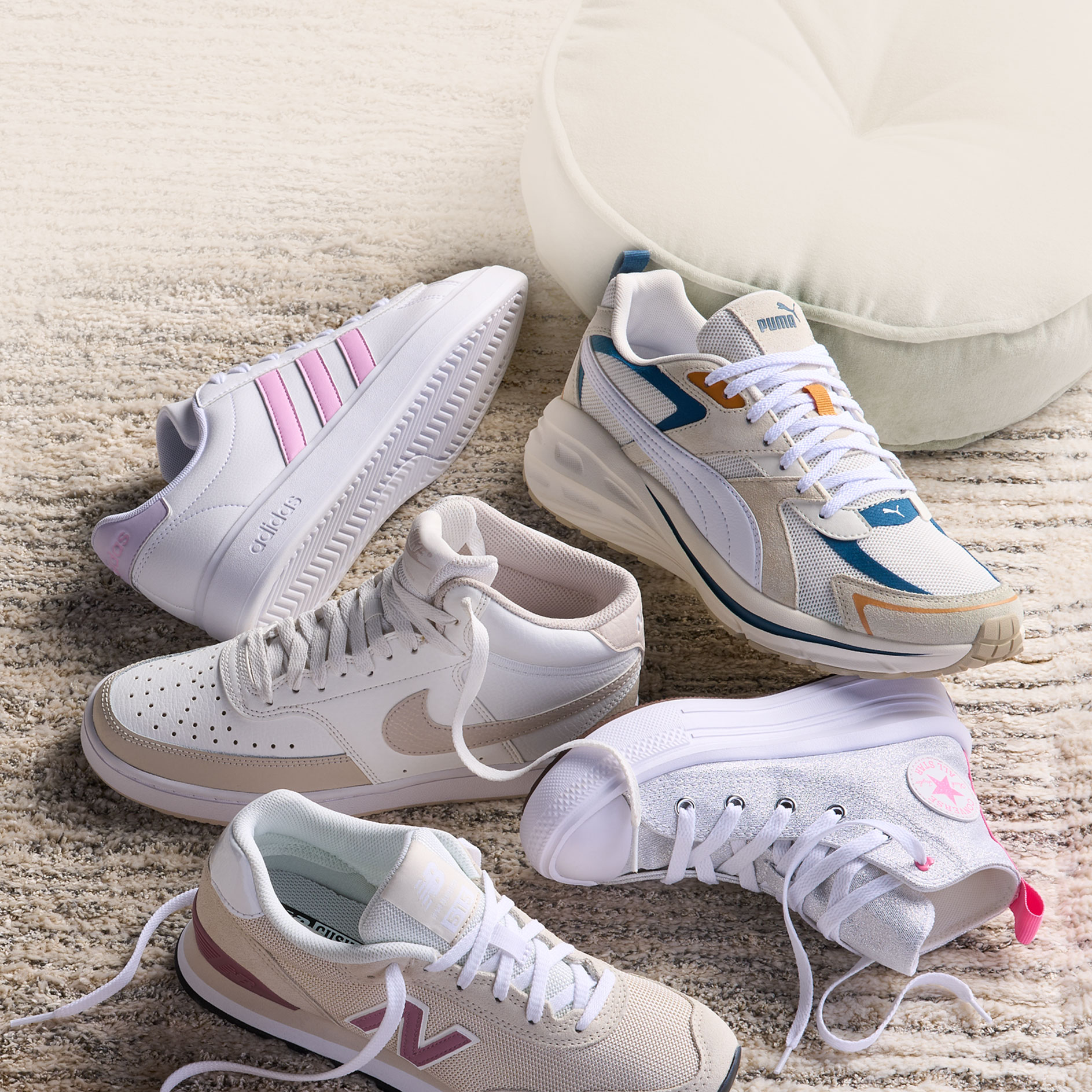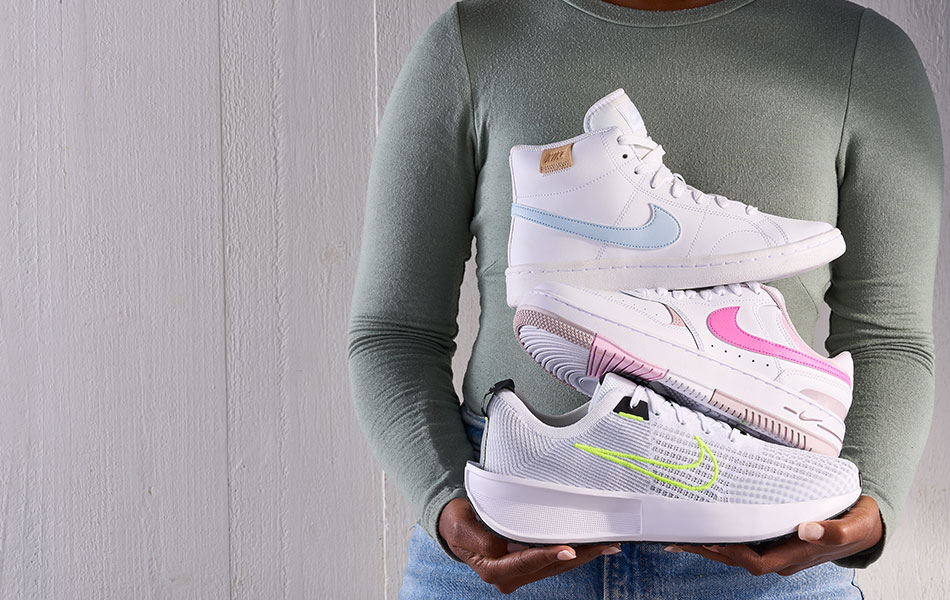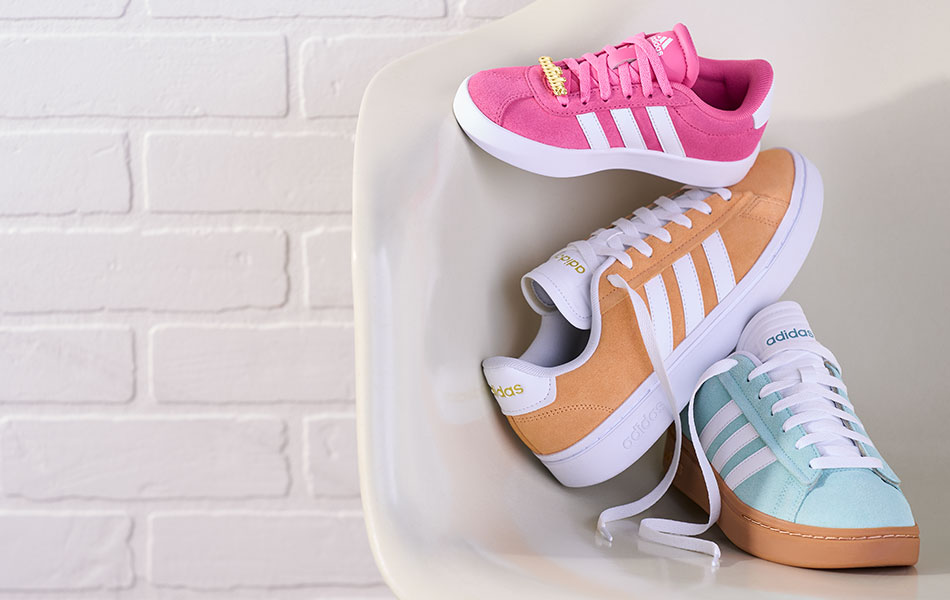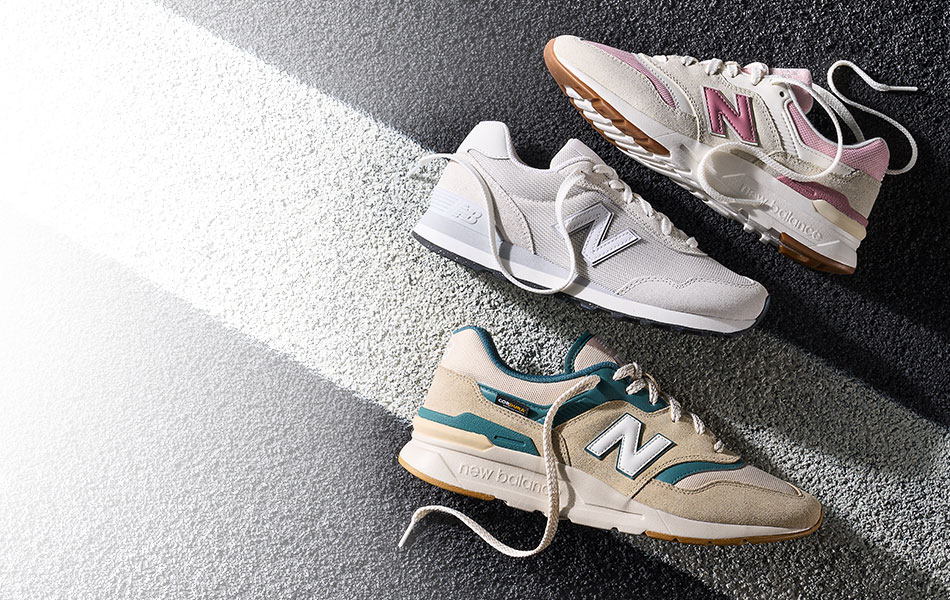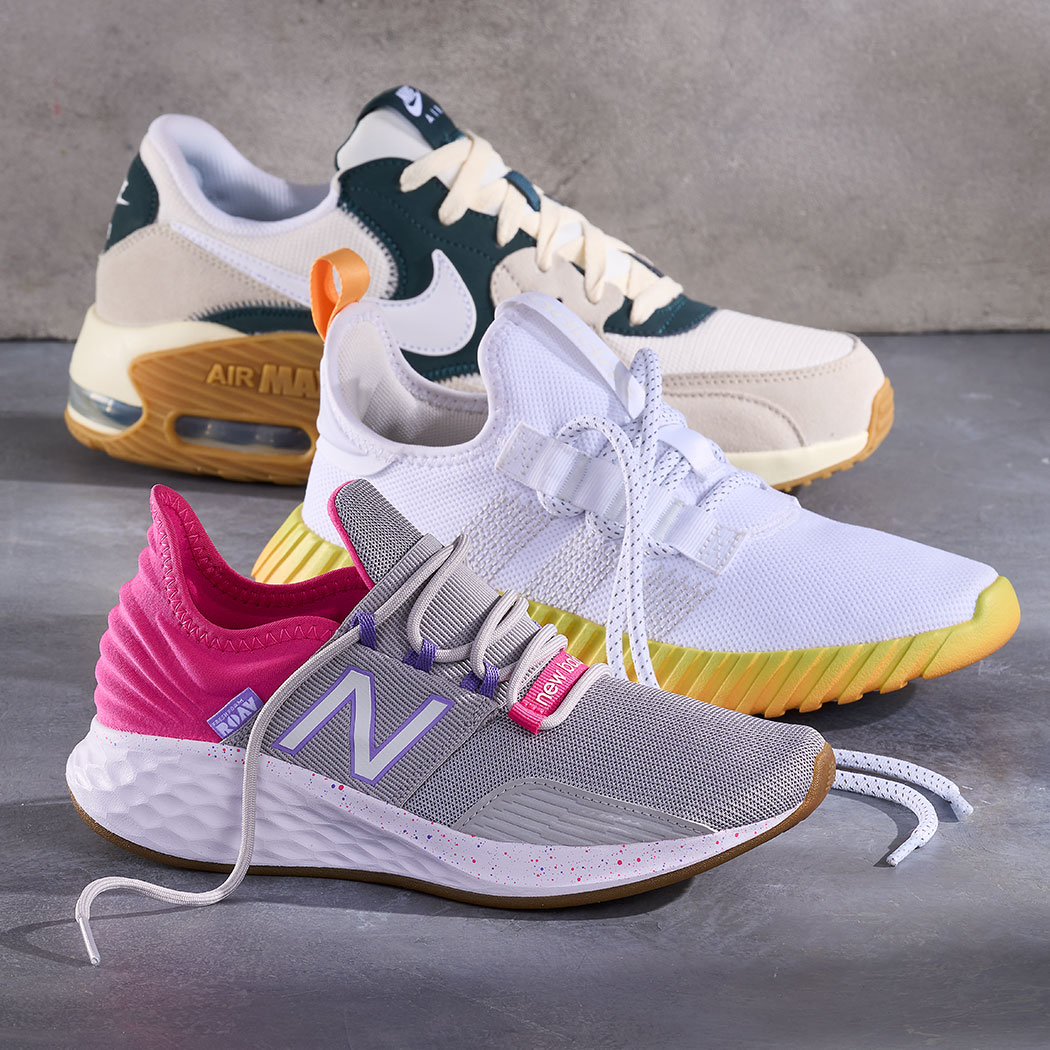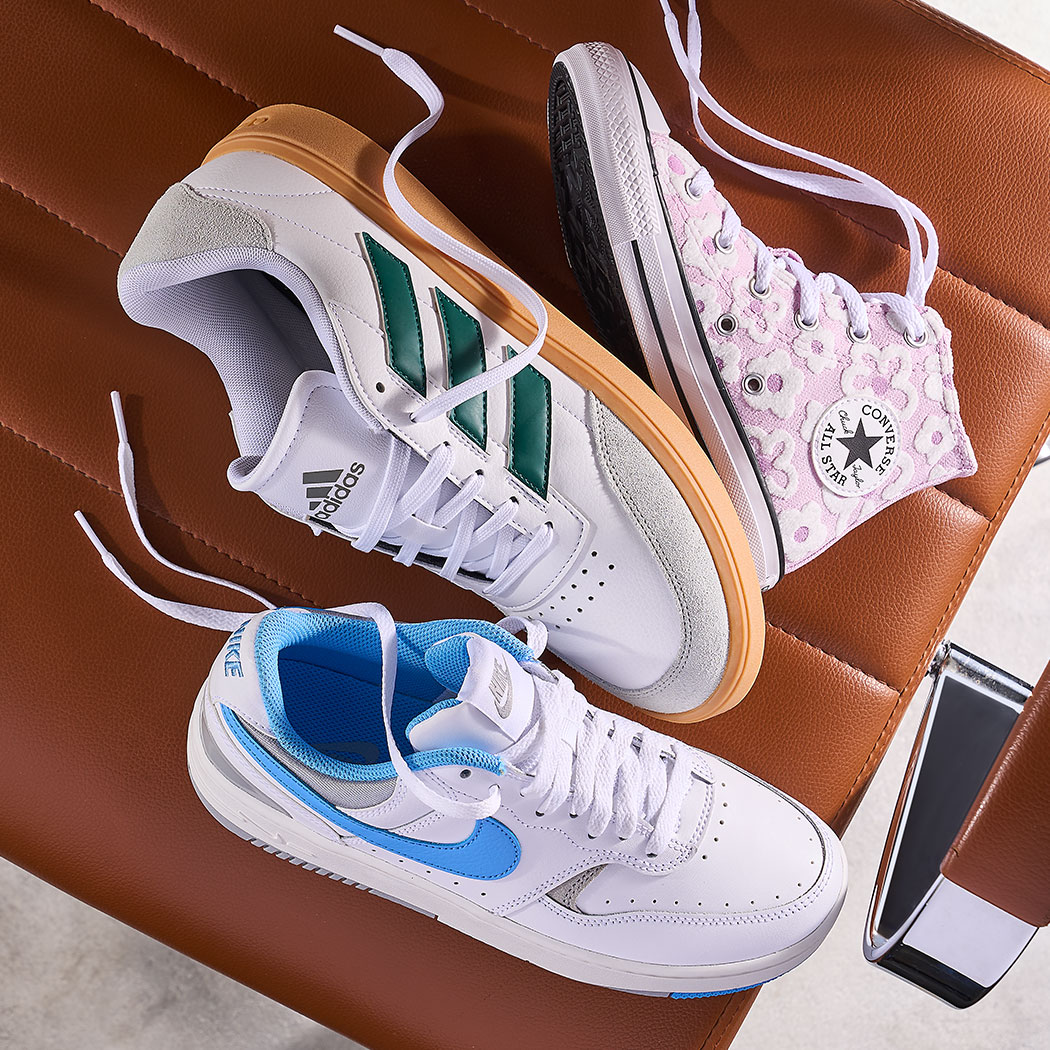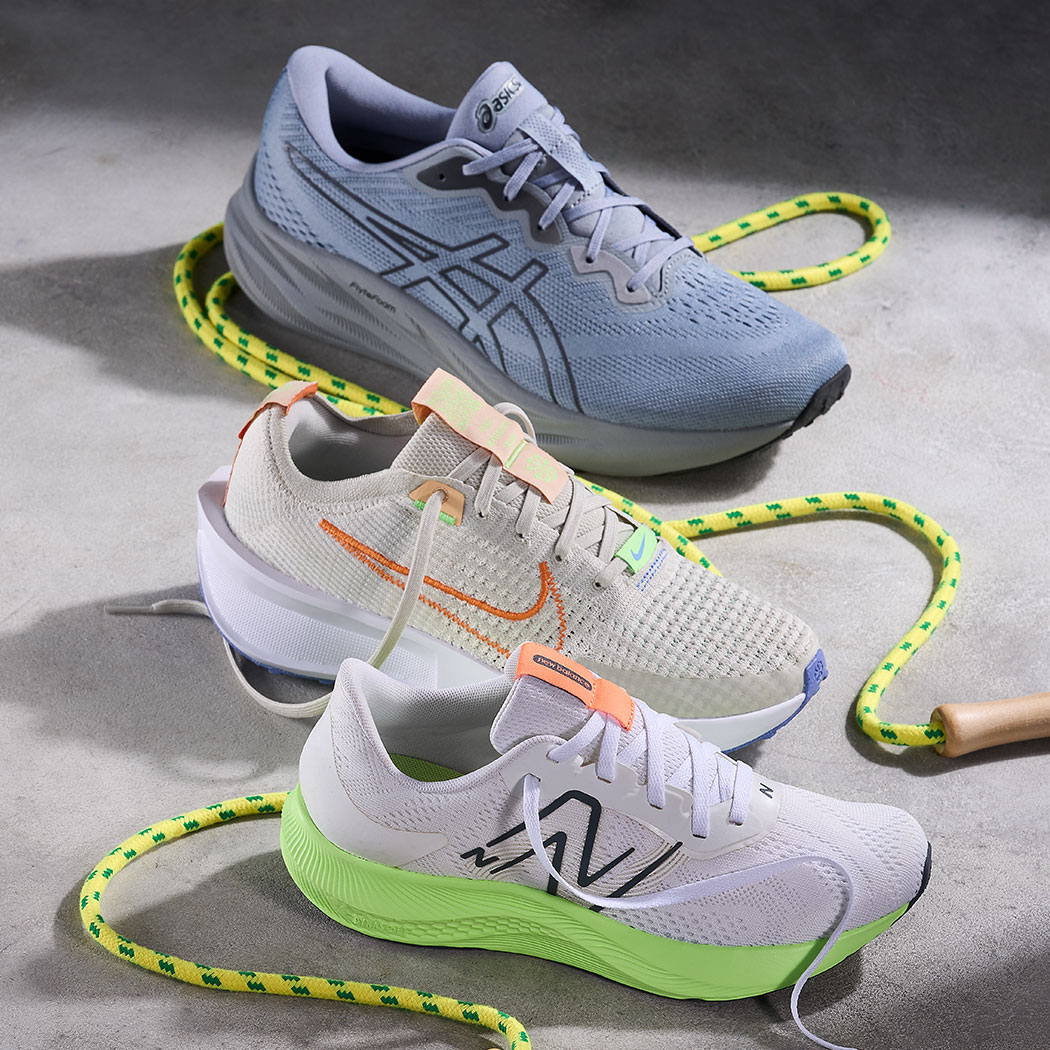While the types of equipment needed by runners is relatively limited, a good pair of running shoes is a must. Running shoes not only provide substantial midsole foot cushioning, they also offer arch support, aid in the prevention of injuries and can promote improved athletic performance. Injury caused by inappropriate shoes can needlessly derail your fitness or weight loss attempt. Investing in a quality shoe can help you to prevent foot and ankle damage, and make your workout a more pleasant and comfortable experience.
- Is it wide/narrow in forefoot or heel?
- Is it traditional in the heel being higher than the forefoot?
- Does it have a lot of cushioning?
- Is the upper material relaxed or is it rigid?
These are all great questions to ask when looking for new shoes that are best for you.
A solid pair of running shoes should last for about 400 to 500 miles, which is around 3-4 months for regular runners. At this point, the cushioning will stop absorbing shock as well, which can impact your joints. How quickly a shoe wears depends on you. If you land hard on your heels with each stride, for example, you're going to wear through shoes more quickly than more efficient runners do. Signs that you should replace your trusty running shoes include compressed or worn soles, heel damage, or new blisters. Keep track of the mileage on your shoes in your training log. And go by feel. If after a normal run your legs feel as if the shoes aren't providing you adequate protection, they probably aren't.
Typically, the right size for a running shoe will be a half to full size larger than your every day shoes. Think about it. Typically, you will run in a sock that has more volume than a dress sock. Thus, it will take up more room in the shoe. Second, as you run, your foot swells. You must make sure there is room for this to occur, or you will end up with the sore feet.
When you try on the shoe, you should be able to splay your toes -or “play the piano with your toes”. If there is not room to do this comfortably now, by the time you put a few miles in, your toes will be against the end of your shoe, and the friction and tightness is going to produce undesirable results. Go up another 1/2 size, at least.
Here is the good news, there are no flags or neon signs attached to your shoe advertising the size. However, blisters and black toe nails are the neon sign indicating your shoes are too small.
If you have previous experience buying and wearing running shoes, then you'll likely know what types of shoes work for you.
Usually, brands have a specific fit, and while this can change slightly in the range and models currently on the market, most of the time it's a safe bet to go with a brand you know well. Do all shoes fit the same... Though shoe companies put huge resources into quality control, no two shoes are exactly the same. The same shoe can be made in different factories with different levels of quality control, for example. Our advice: Always try on the shoes.


